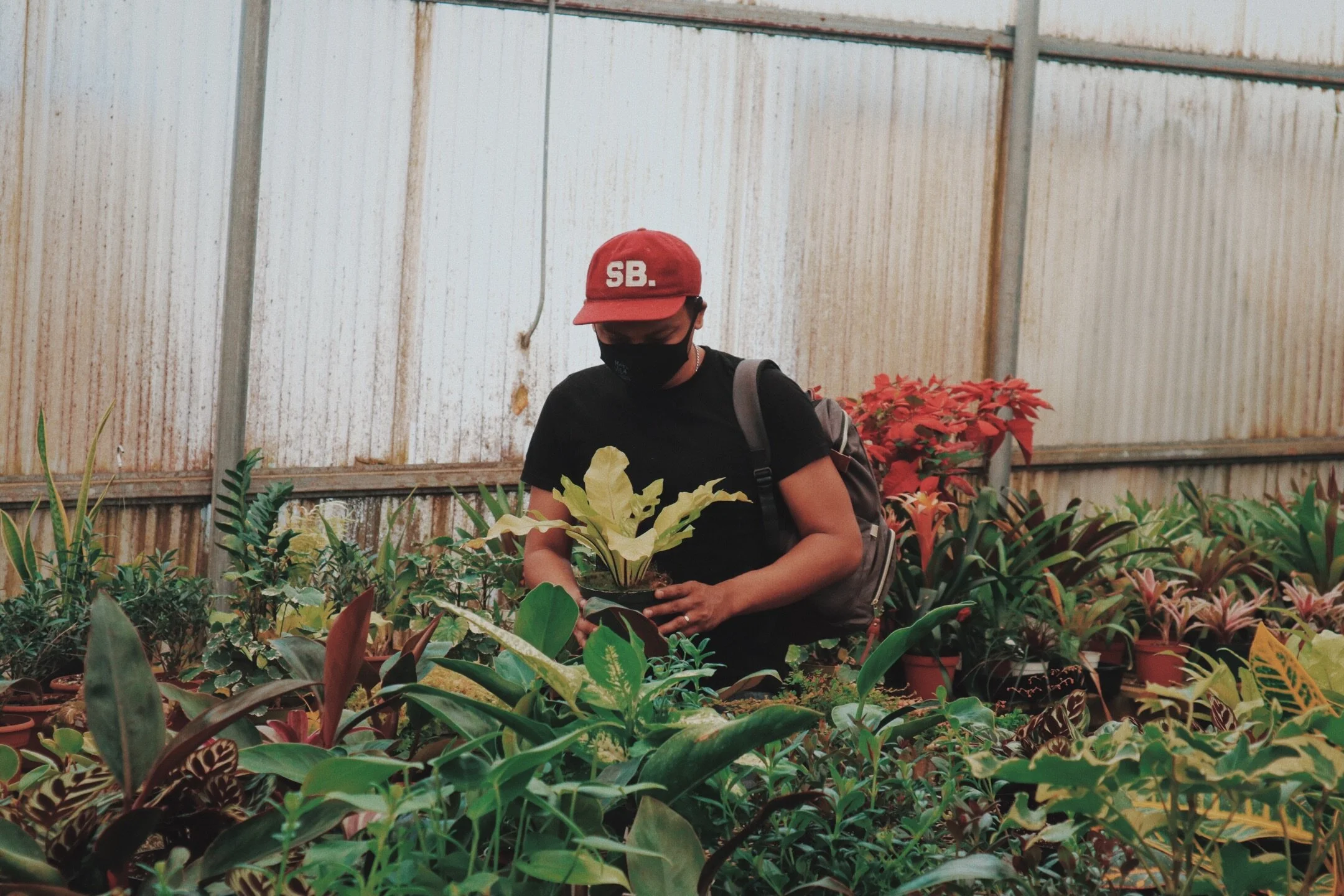I’ve been a pretty optimistic person for most of my life, but I’d say it’s only in the last couple of years that I’ve learned what it looks like to be genuinely hopeful.
And that only really started when I went through some of my hardest times.
During the early days of the pandemic, I was a bit surprised to find that the messages that bothered me the most were the overly cheery ones. Telling people “everything’s going to be okay,” seemed cruel while thousands of families were losing loved ones. When the righteous anger and grief propelled many to protest racism, many calls for “peace and unity” often seemed to stand in the way of authentic peace and unity. When toxic positivity encounters human suffering, it’s basically telling somebody that you don’t see their hurt.
I think one of the reasons this particularly bugs me is that for a long time, I’ve tended to be guilty of it. And when somebody shares with me a hard thing, I have to make a conscious effort to not go there. One of my more Enneagram 7ish things is being able to find the silver lining in everything.
I like how Natalie Detillo described excess positivity in the Washington Post yesterday. “Think of it as having a few too many scoops of ice cream. It’s really good and it makes us feel better, but you can overdo it and it makes us sick.”
Or it’s like trying to shove ice cream into somebody’s face when they don’t feel like having ice cream. That’s not really going to make them feel better.
A screenplay with 100% happy scenes would make for a terrible movie.
Toxic positivity dulls the vibrancy of the full human experience.
Nothing heals that isn’t grieved.
I am fiercely committed to hope. But I can assure you that you won’t find the real thing if you make it a habit of looking away from tragedy, injustice, or heartbreak.





